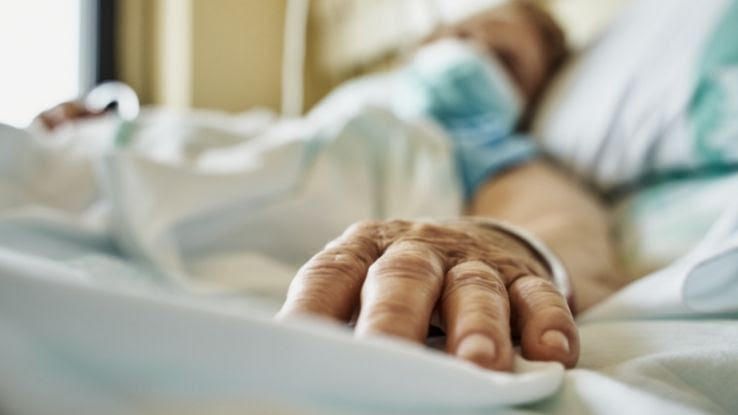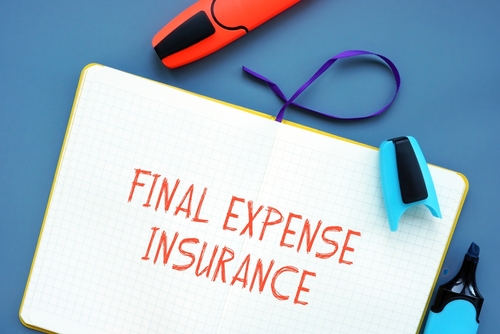What Does Pacific Prime Do?
What Does Pacific Prime Do?
Blog Article
About Pacific Prime
Table of ContentsGetting My Pacific Prime To WorkAbout Pacific PrimeAn Unbiased View of Pacific PrimePacific Prime Can Be Fun For AnyonePacific Prime Fundamentals Explained

This is since the information were gathered for a duration of strong economic efficiency. Of the approximated 42 million people who were without insurance, almost concerning 420,000 (about 1 percent) were under 65 years old, the age at which most Americans become qualified for Medicare; 32 million were adults in between ages 18 and 65, about 19 percent of all adults in this age; and 10 million were children under 18 years of age, regarding 13.9 percent of all children (Mills, 2000).
These quotes of the variety of persons without insurance are created from the annual March Supplement to the Current Population Study (CPS), performed by the Census Bureau. Unless otherwise noted, nationwide estimates of people without medical insurance and proportions of the populace with different sort of coverage are based on the CPS, the most extensively utilized source of quotes of insurance protection and uninsurance rates.
About Pacific Prime

Still, the CPS is specifically beneficial because it generates yearly estimates reasonably promptly, reporting the previous year's insurance policy protection estimates each September, and since it is the basis for a consistent set of estimates for more than 20 years, permitting evaluation of patterns in coverage with time. For these factors, in addition to the substantial use of the CPS in other studies of insurance policy protection that exist in this record, we depend on CPS estimates, with restrictions kept in mind.

The estimate of the variety of uninsured individuals expands when a populace's insurance coverage standing is tracked for a number of years. Over a three-year period starting early in 1993, 72 million people, 29 percent of the united state populace, lacked protection for at the very least one month. Within a solitary year (1994 ), 53 million people experienced at the very least a month without insurance coverage (Bennefield, 1998a)
Six out of every 10 without insurance grownups are themselves employed. Functioning does enhance the likelihood that one and one's household members will certainly have insurance, it is not a warranty. Even participants of households with 2 permanent wage earners have almost a one-in-ten opportunity of being without insurance (9.1 percent uninsured price) (Hoffman and Pohl, 2000).
Pacific Prime - An Overview
New immigrants account for a substantial percentage of individuals without health and wellness insurance policy. One analysis has actually attributed a significant part of the current development in the size of the U.S. uninsured populace to immigrants that showed up in the country in between 1994 and 1998 (Camarota and Edwards, 2000). Current immigrants (those who involved the United States within the past four years) do have a high rate of being uninsured (46 percent), however they and their kids make up simply 6 percent of those without insurance coverage country wide (Holahan et al., 2001).
The partnership between health and wellness insurance policy and accessibility to care is well developed, as documented later in this phase. The relationship between health insurance policy and health end results is neither direct nor basic, a considerable medical and health and wellness solutions research study literature links health and wellness insurance policy protection to improved accessibility to care, much better quality, and improved individual and populace health and wellness status.
Levels of evaluation for checking out the impacts of uninsurance. This discussion of health insurance coverage concentrates mainly on the united state population under age 65 because virtually all Americans 65 and older have Medicare or various other public insurance coverage. It focuses especially on those without any type of health insurance for any kind of length of time.
See This Report about Pacific Prime
The problems faced by the underinsured are in some respects similar to those faced by the uninsured, although they are typically less serious. expat insurance. Uninsurance and underinsurance, nevertheless, include clearly different policy concerns, and the techniques for addressing them may differ. Throughout this research and the five reports to adhere to, the major emphasis is on persons with no medical insurance and therefore no help in spending for wellness care past what is available with charity and safety web organizations
Medical insurance is an effective element influencing receipt of expat insurance care due to the fact that both patients and doctors respond to the out-of-pocket cost of solutions - https://pacificpr1me.edublogs.org/2024/04/02/pacific-prime-your-one-stop-shop-for-insurance-solutions/. Medical insurance, nevertheless, is neither needed neither sufficient to access to medical services. Nevertheless, the independent and straight effect of health and wellness insurance policy protection on access to wellness services is well established.
Others will certainly obtain the healthcare they require even without health and wellness insurance coverage, by paying for it out of pocket or seeking it from companies that supply care totally free or at highly subsidized prices. For still others, medical insurance alone does not ensure invoice of treatment because of various other nonfinancial barriers, such as a lack of health care companies in their community, minimal access to transportation, illiteracy, or linguistic and cultural distinctions.
The Of Pacific Prime
Formal research about without insurance populaces in the United States dates to the late 1920s and very early 1930s when the Board on the Price of Medical Treatment produced a series of reports about financing doctor workplace brows through and hospitalizations. This issue ended up being prominent as the numbers of clinically indigent climbed up during the Great Anxiety.
Report this page